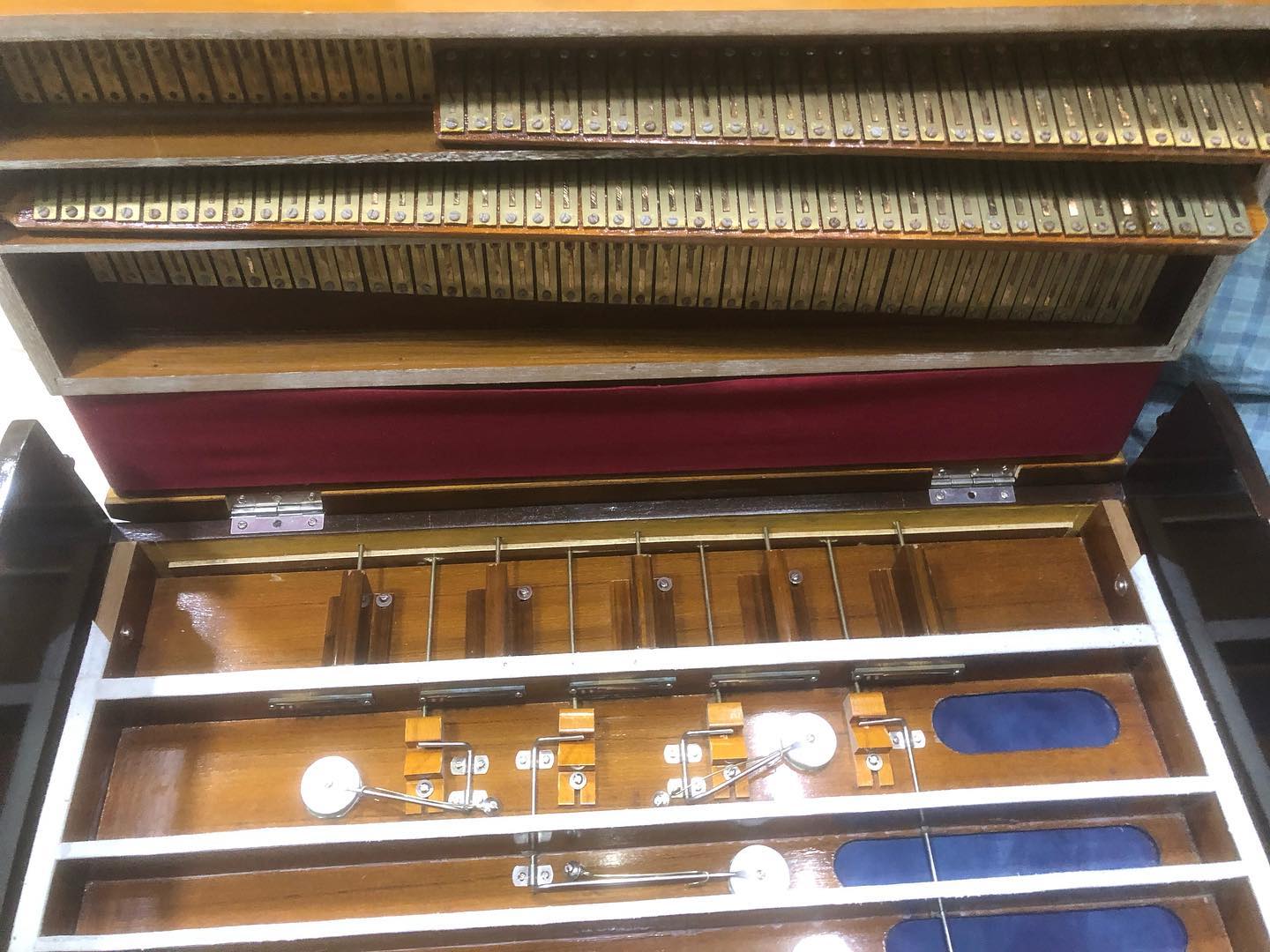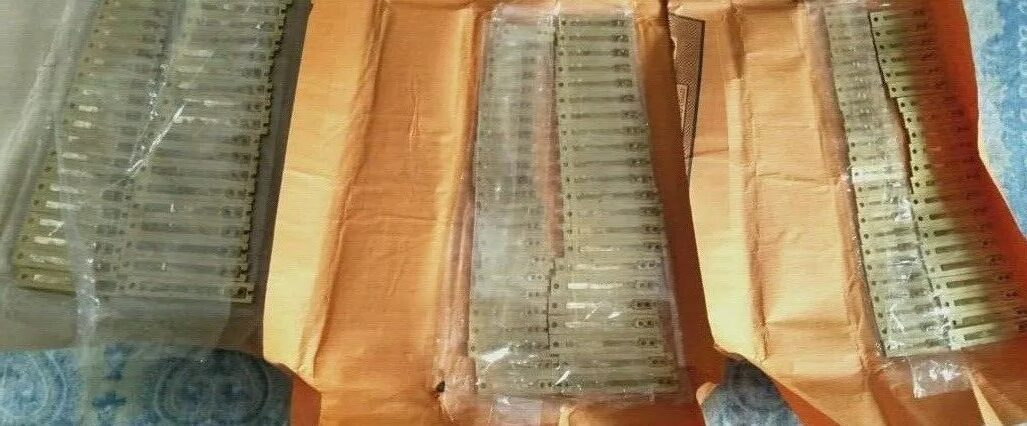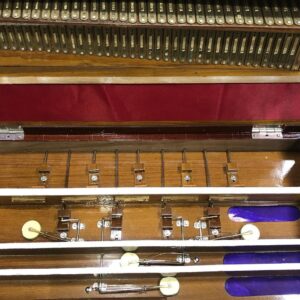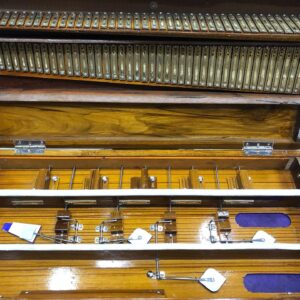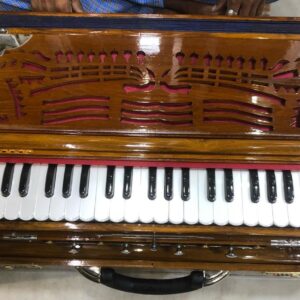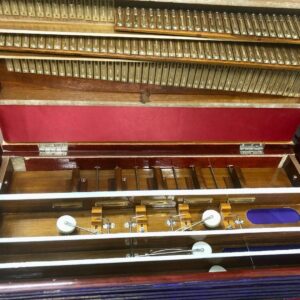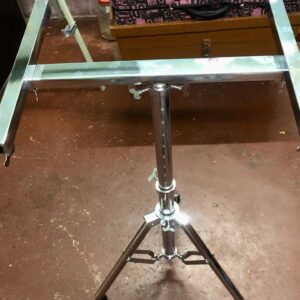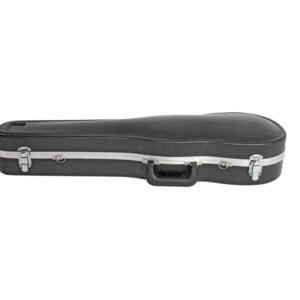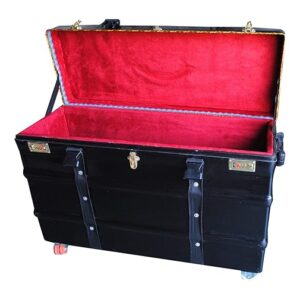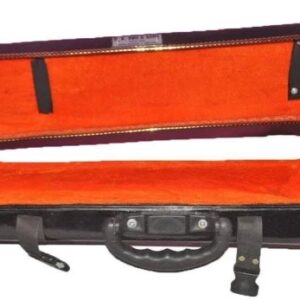Description
Harmonium Reeds Only (3 Set Scale Changer-Normal)
Special Features:
Professional Quality & Best in Sound.
Delivery Time: 7-10 Working Days after Successful Payment.
For More information SMS 6900 Name Email Country and Send to +919830066661
N.B: All prices are inclusive of Shipping (International Air Mode)/ Packing/ Tax/ Insurance. No hidden cost. Read our Terms & Conditions, Privacy Policy and Shipping Policy.
In The Box: Harmonium Reeds Only (3 Set Scale Changer-Normal)
History (Wikipedia):
From where we get Harmonium- Small history below:
Our knowledge about the Harmonium is from Wikipedia. As per Wikipedia, we shared this small history to let our customers know about the Harmonium history. The 18th century saw the development of the European harmonium, inspired by the Chinese sheng, a gourd mouth organ. Furthermore, missionaries brought various types of European harmoniums and reed organs to India in the 19th century.
In addition, the Indian harmonium derives from reed organ (pump organ) designs developed in France. Initially, musicians designed these large instruments to be played while sitting on a chair, allowing them to pump the instrument using foot pedals. However, over time, Europeans created smaller harmoniums, such as the guide-chant, which included manually pumped bellows. Furthermore, Some harmoniums (sometimes named “portable” or “travel” models) also come with a built in wooden suitcase.
Indian craftsmen soon created a much smaller instrument based on European designs; specifically, they designed it to rest on the floor with bellows that the player pumped with the left hand. Additionally, they added other elements, such as drone stops (indeed, the use of drones is important in Indian music). Consequently, this instrument quickly became popular because it was lightweight and portable, reliable, easy to learn, and produced a rich sound. Furthermore, many consider Dwarkanath Ghose of the Dwarkin company to be one of the first inventors of the Indian style harmonium. The harmonium was widely accepted throughout Indian music in the late 19th century. This provides a basic history of Harmonium.
